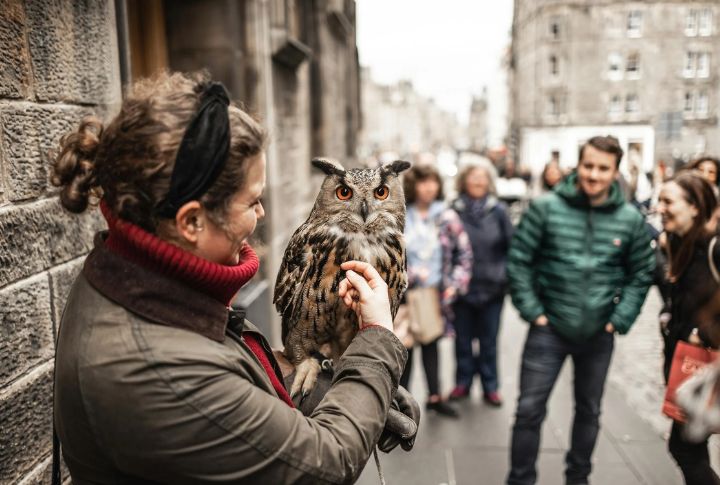
What if birds understand things far more than we’ve ever imagined? Scientists have uncovered surprising evidence that challenges everything we thought we knew about animal intelligence. These revelations will change the way you see birds forever. Let’s explore ten astonishing moments that prove they’re paying closer attention than we realize.
Parrots Using Words In The Right Context
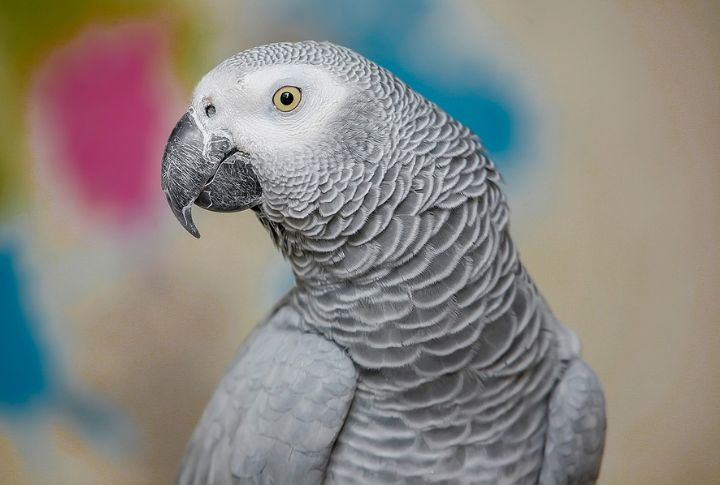
“Hello! How are you?” sounds routine until a parrot says it at the perfect moment. Some parrots don’t just mimic words; they understand when and how to use them. Studies on African grey parrots, like the famous Alex, show they grasp meanings, not just sounds.
Crows Solving Puzzles
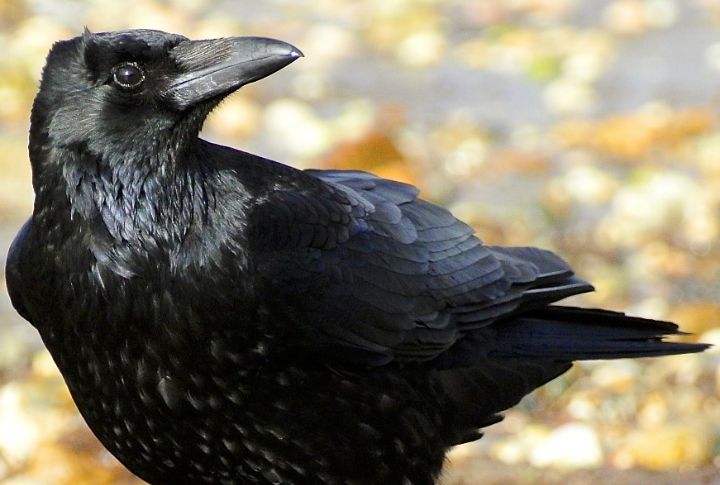
Picture a locked box, a small stick, and a hungry crow—what might seem like a trick is actually a demonstration of problem-solving abilities. In experiments, crows have used keys to access food and even dropped stones into water to raise the level high enough to drink.
Ravens Remembering People Who Helped Them
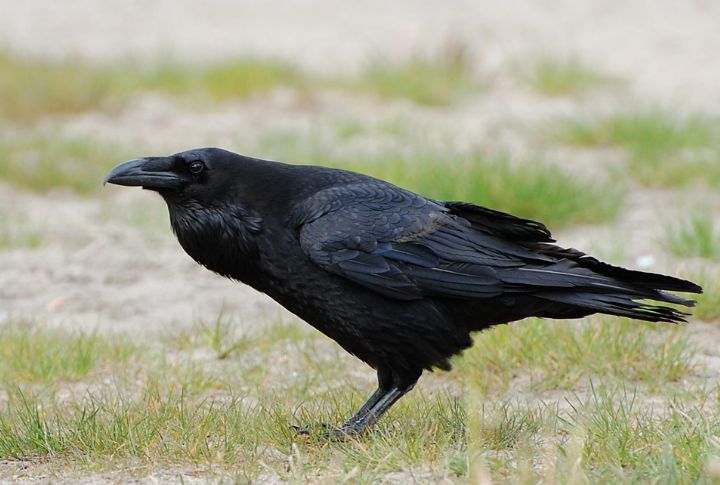
They say elephants never forget, but ravens have sharp memories, too—especially for those who cross them. These birds can recognize individual humans and remember those who have wronged them to avoid or even scold them later. Their ability to recall past interactions shows a level of social intelligence few animals possess.
Pigeons Recognizing Faces In Large Crowds
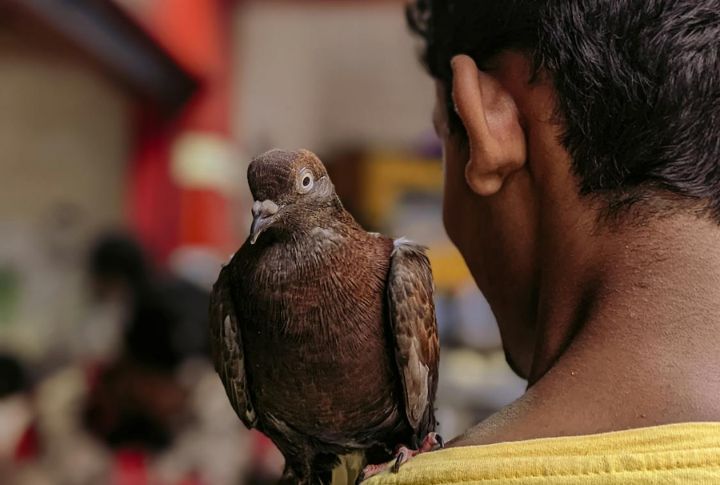
Lost in a sea of people, most animals wouldn’t tell one human from another. Pigeons can. These city dwellers have been shown to recognize individual human faces, even in different outfits. Scientists tested this by having different people feed or ignore them. Pigeons remembered who treated them well and avoided those who didn’t.
Magpies Showing Empathy For Their Friends
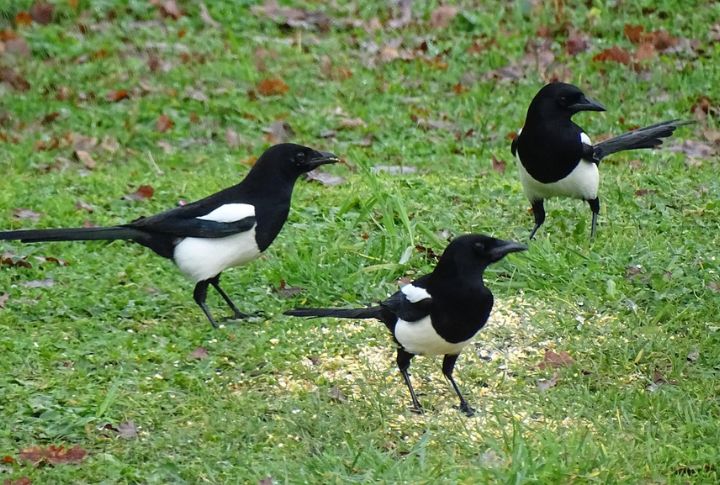
A magpie funeral is as eerie as it is touching. When one of their passes, magpies gather around the body, gently pecking and even placing small objects nearby. This is a display of grief, an emotion once thought unique to humans and a handful of mammals. If true, magpies don’t just recognize each other; they care.
Cockatoos Learning Human Dance Moves

Some birds just have rhythm. Snowball, a cockatoo, stunned researchers by grooving to the beat of pop songs to adjust his moves based on tempo. Unlike trained animals, he wasn’t rewarded. He danced for fun. This suggests cockatoos process music similarly to humans, feeling the beat rather than merely responding to sounds.
Owls Responding To Their Names

Call an owl, and it might at least turn its head. Owls have incredible hearing and can recognize familiar sounds, including human voices. While they may not respond like a dog, some seem to react to people they know, which shows a surprising level of recognition.
Geese Comforting Humans In Distress
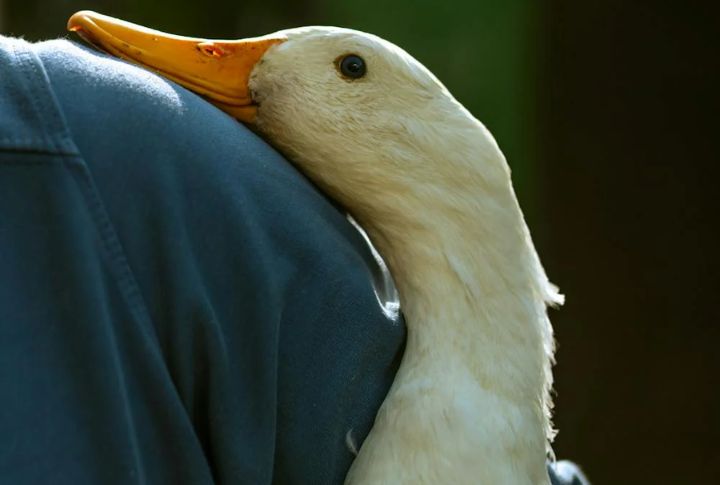
Some geese have been seen approaching distressed humans as if showing concern. Owners of pet geese report them standing guard and reacting protectively when their humans seem upset. Although it’s hard to say what’s going on in their minds, their strong bonds with people can lead to behaviors that look surprisingly empathetic.
Mockingbirds Identifying Specific Humans
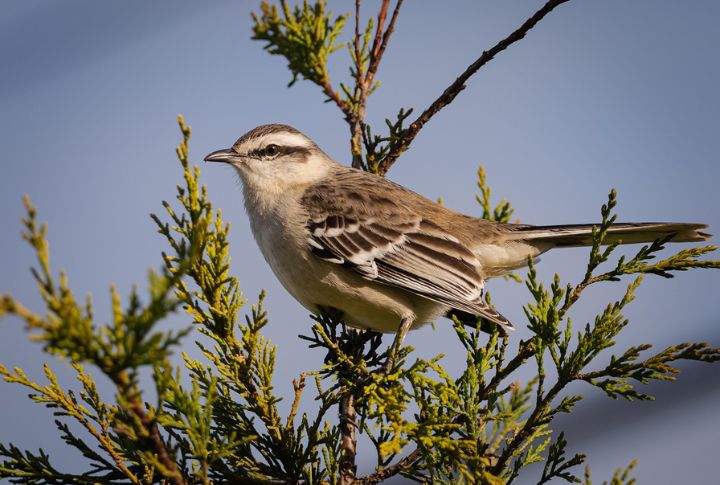
Mockingbirds do more than imitate sounds; they remember people. Research at the University of Florida found that wild mockingbirds recognized individual humans who had previously disturbed their nests. Days later, they reacted more aggressively to those same people while ignoring strangers.
Wild Birds Trading Gifts With People
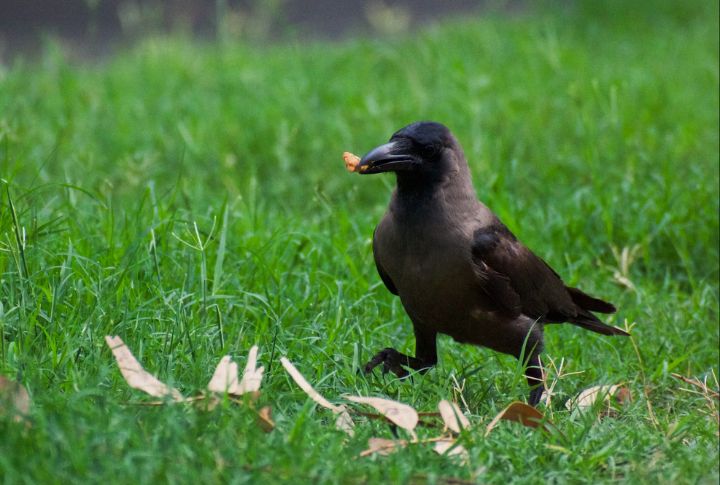
Sometimes, birds bring gifts. For example, wild crows have been known to leave small objects for people who regularly feed them, suggesting an understanding of exchange. These tiny gestures hint at a social connection between birds and humans that goes far beyond simple food rewards.

